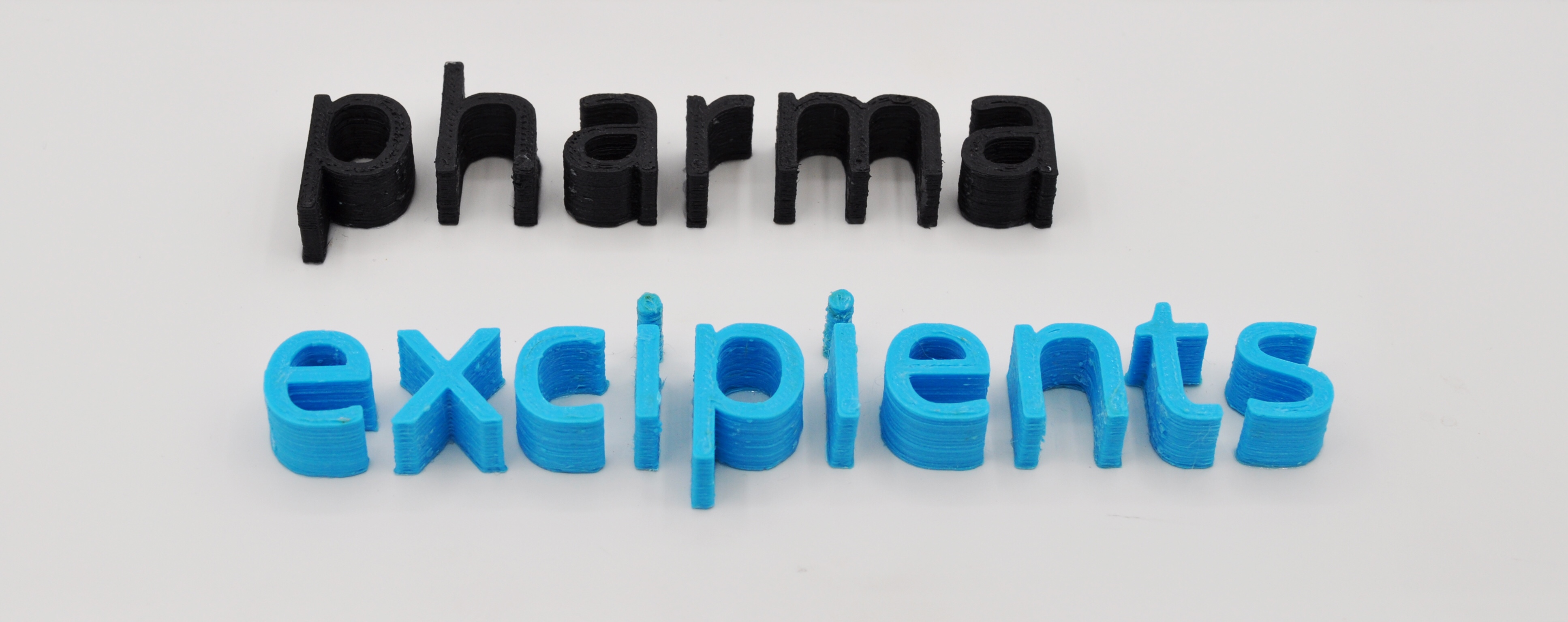3D printing for chemical, pharmaceutical and biological applications

3D printing is becoming increasingly prevalent in modern chemistry laboratories. This technology provides chemists with the ability to design, prototype and print functional devices that integrate catalytic and/or analytical functionalities and even to print common laboratory hardware and teaching aids. Although access to 3D printers has increased considerably, some design principles and material considerations need to be weighed before employing such technology in chemistry laboratories. In addition, a certain level of expertise needs to be acquired in order to use computer-aided design, printing software and the specialist hardware associated with higher-end instrumentation. Nonetheless, the recent progress in this field is encouraging, with these printing technologies offering many advantages over traditional production methods. This Review highlights some of the notable advances in this growing area over the past decade.

